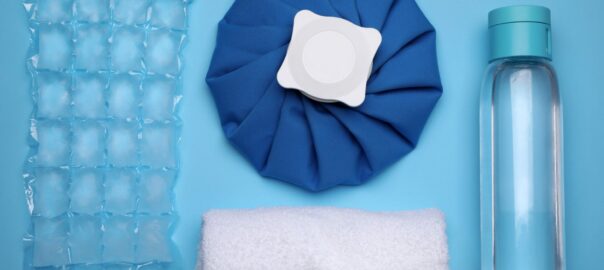Ice vs. Heat: What’s Better for Pain Relief?

Heat and cold therapy are tried-and-true home remedies for pain. But, if you’re experiencing pain from an injury or chronic condition, you may wonder whether to choose heat or ice.
In truth, ice and heat play different roles in pain relief. Read on to learn how to use them effectively in your recovery process.
How to Use Ice Therapy for Pain Relief
Ice therapy works by constricting blood vessels in the injured area. This reduces blood flow to the injury, curbing the inflammation that triggers pain. Ice therapy can also temporarily lessen nerve activity, providing further pain relief.
Since it reduces swelling, ice therapy is ideal for the first 3 days or so after sustaining an injury. It’s not ideal to use throughout the recovery process, as reducing circulation to the injured tissue can slow the recovery process.
Ice shouldn’t be applied for more than 20 minutes every hour. Wrap the ice pack in a cloth or towel to prevent damage to your skin.
How to Use Heat Therapy for Pain Relief
Heat therapy works by boosting circulation to the injured area, providing relief from stiffness. Heat can also help prevent a lost range of motion from an injury or arthritis.
Since heat therapy relaxes muscle tension and loosens stiff joints, it’s ideal for muscle spasms, tight or sore muscles, and stiffness or pain from arthritis. It’s best used for pain from chronic conditions, while ice therapy is best used for acute injuries.
Only apply heat (from a heating pad, for example) for 15 to 20 minutes at a time. You can also consider taking a warm bath for 30 minutes or longer to reap the benefits of heat therapy.
If you’re struggling with chronic pain, search the provider database at Regenerative Medicine Now to find a regenerative doctor or clinic in your area!


